December 26, 2024 | 22:51 GMT +7
December 26, 2024 | 22:51 GMT +7
Hotline: 0913.378.918
December 26, 2024 | 22:51 GMT +7
Hotline: 0913.378.918
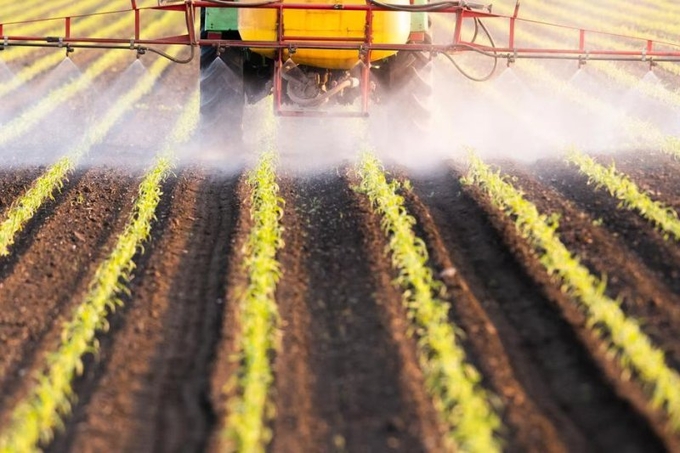
Exposure to any one of 22 pesticides may bring heightened odds of developing prostate cancer, a new analysis suggests. Photo: Adobe Stock/HealthDay News.
The study was conducted over decades because prostate cancer is known to grow very slowly, noted a team led by Dr. Simon John Christoph Soerensen, of Stanford University in California.
The researchers looked at U.S. data on county-level usage of 295 pesticides. They then compared those results to rates of prostate cancer in counties across the United States.
To account for the 10- to 18-year lag time between carcinogen exposure and the time it takes prostate cancers to grow, Soerensen's group looked at pesticide-use data from 1997 through 2001.
They then compared that data to rates of prostate cancer for the years 2016 through 2020.
Altogether, 22 pesticides had associations with upped prostate cancer risk, although the study could not prove cause-and-effect.
Three of the pesticides had already been linked previously to the cancer, including 2-4-D, a commonly used pesticide in the United States.
The findings were published Monday in the journal Cancer.
Of the other 19 pesticides, 10 were herbicides, while the others included fungicides and insecticides, plus a soil fumigant, the researchers reported.
High exposures to four of the pesticides were linked to the development of prostate cancer plus death from the disease.
Those chemicals included trifluralin, cloransulam-methyl and diflufenzopyr, plus one insecticide, thiamethoxam, the Stanford team said.
Of those four, only trifluralin is currently classed by the Environmental Protection Agency as a "possible human carcinogen," the team pointed out. The other three have been designated by the EPA as either "not likely to be carcinogenic" or having evidence of "non-carcinogenicity."
"This research demonstrates the importance of studying environmental exposures, such as pesticide use, to potentially explain some of the geographic variation we observe in prostate cancer incidence and deaths across the United States," Soerensen, a graduate student in epidemiology at Stanford, said in a journal news release. "By building on these findings, we can advance our efforts to pinpoint risk factors for prostate cancer and work towards reducing the number of men affected by this disease."
(UPI)
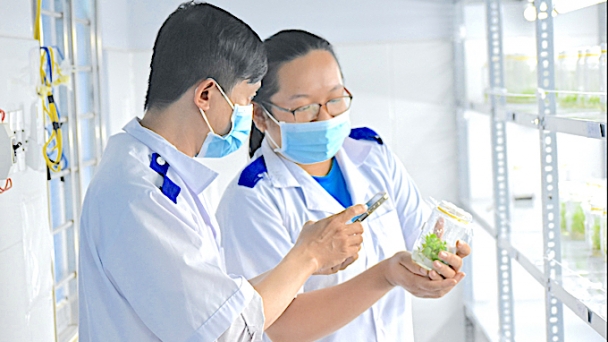
(VAN) The Ministry of Agriculture and Rural Development invests in a digital transformation research project for sustainable agriculture and climate change adaptation in the Mekong Delta.
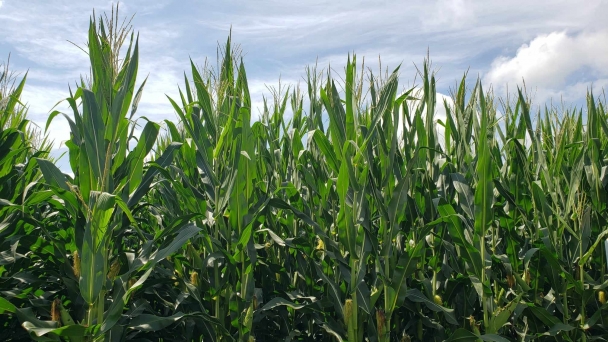
(VAN) Agriculture Secretary Tom Vilsack says the decision highlights the importance of science-based regulatory systems in agricultural trade.
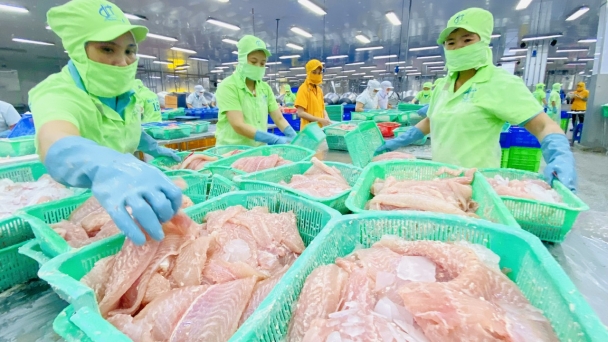
(VAN) VASEP determined that Vietnam's seafood export opportunities to China in 2025 would continue to be substantial as a result of China's robust consumption demands.

(VAN) It offers advice on how to optimize monitoring and risk mitigation as infections of pathogenic H5N1 strain spread.
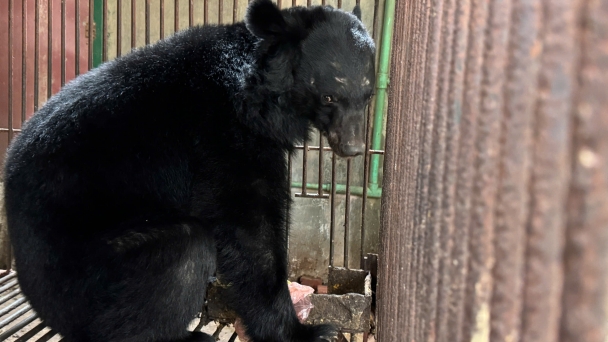
(VAN) Animals Asia, in coordination with the Lao Cai Forest Protection Department, received a moon bear that was illegally kept in Bao Thang district, Lao Cai province.
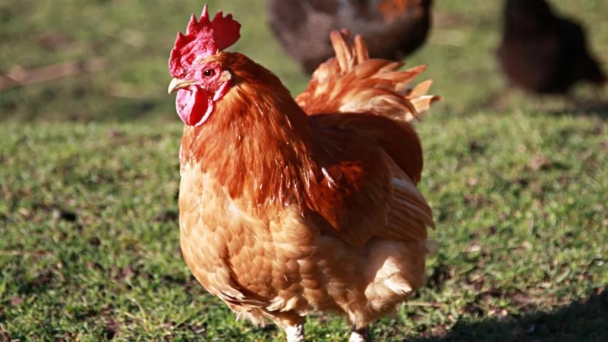
(VAN)All poultry and other captive birds in parts of Yorkshire and the East of England will have to be kept indoors from 23 December to prevent the spread of bird flu, the government has said.
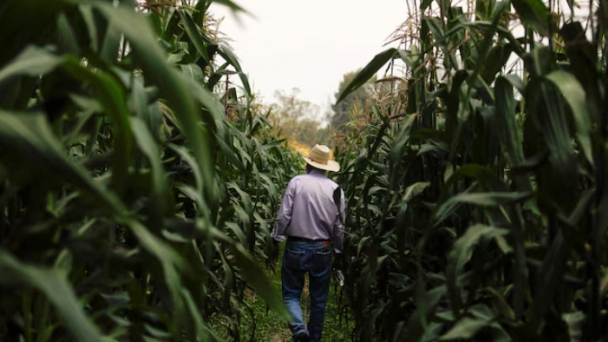
(VAN) Mexican President Claudia Sheinbaum expects Congress to approve a ban early next year on planting genetically modified corn in the country, she said on Saturday.